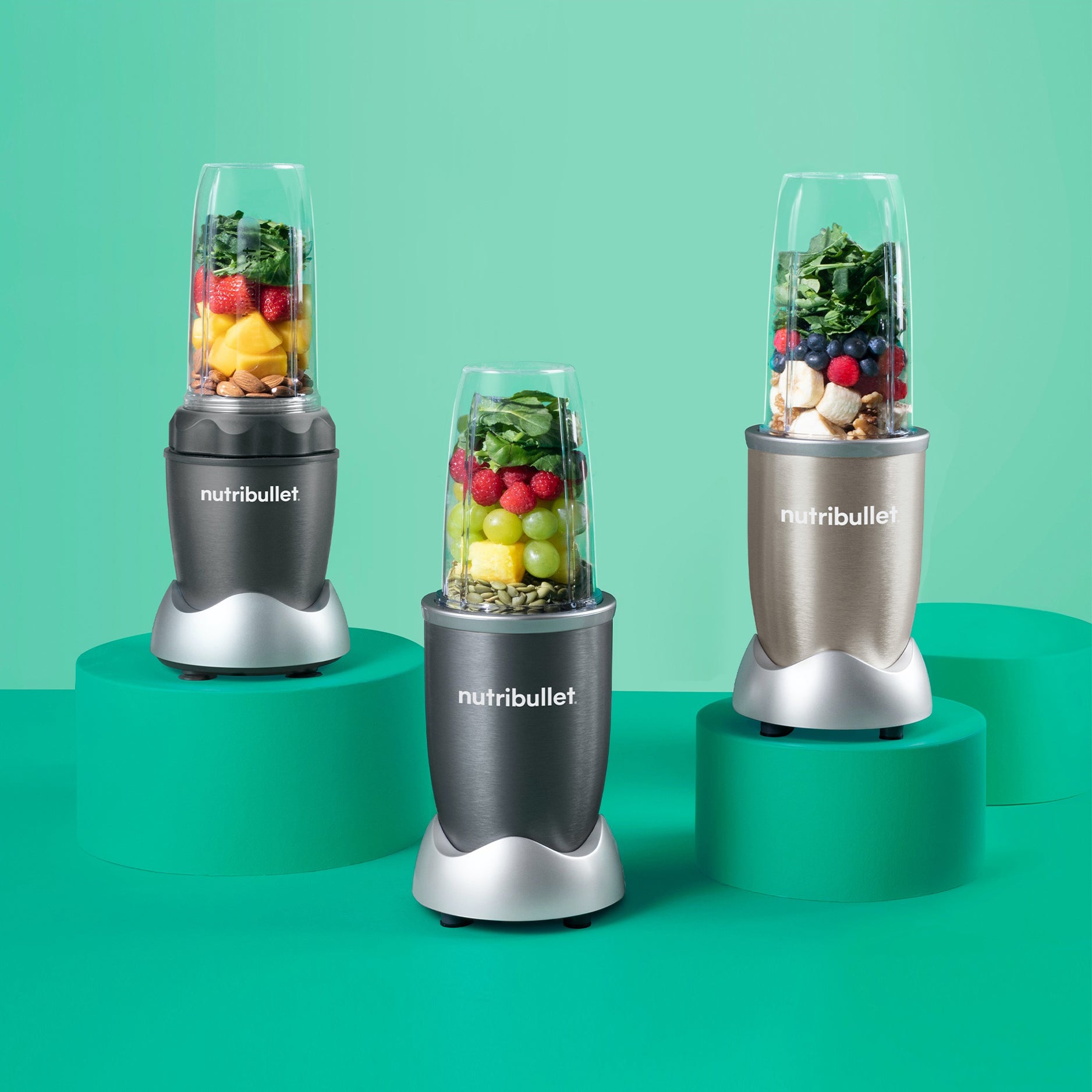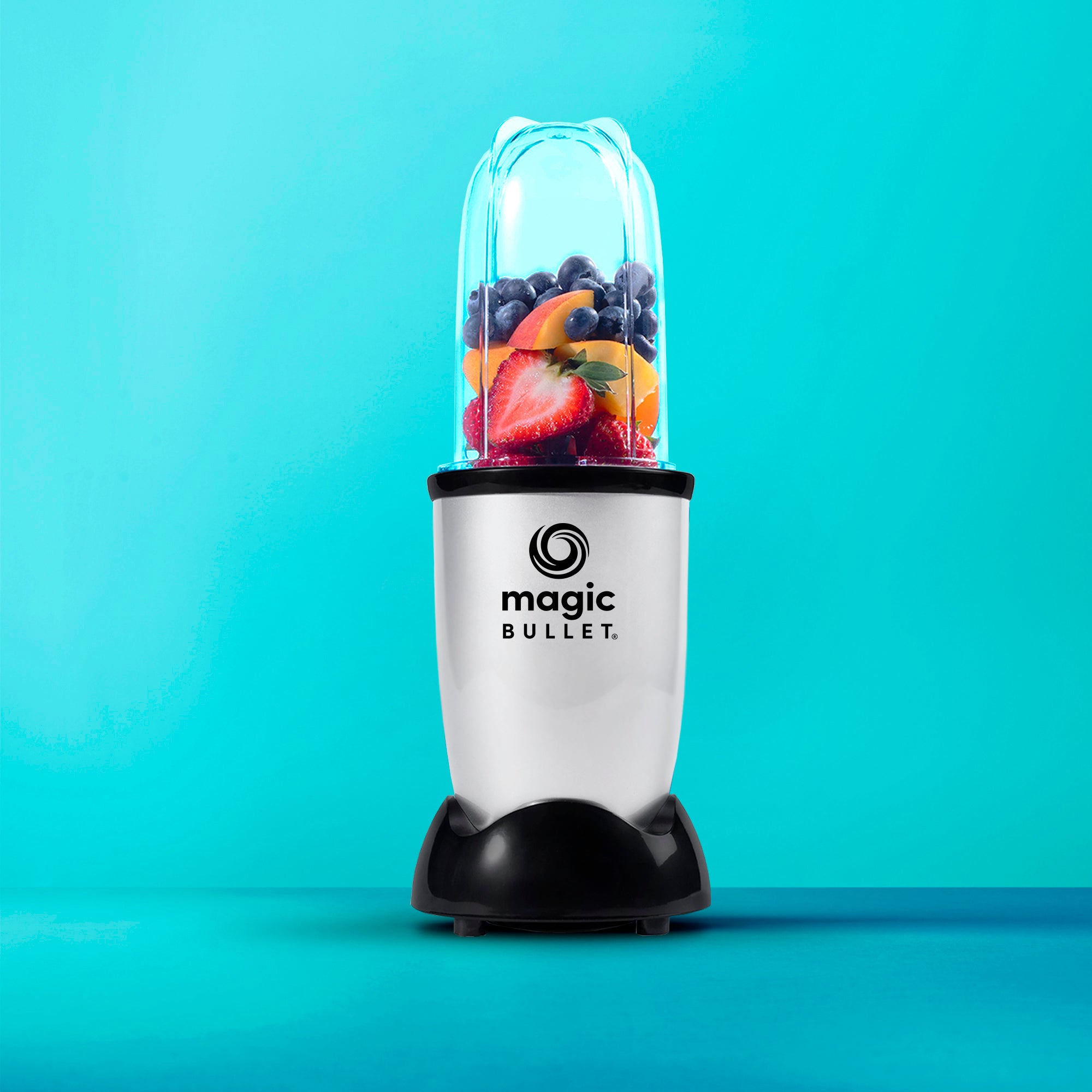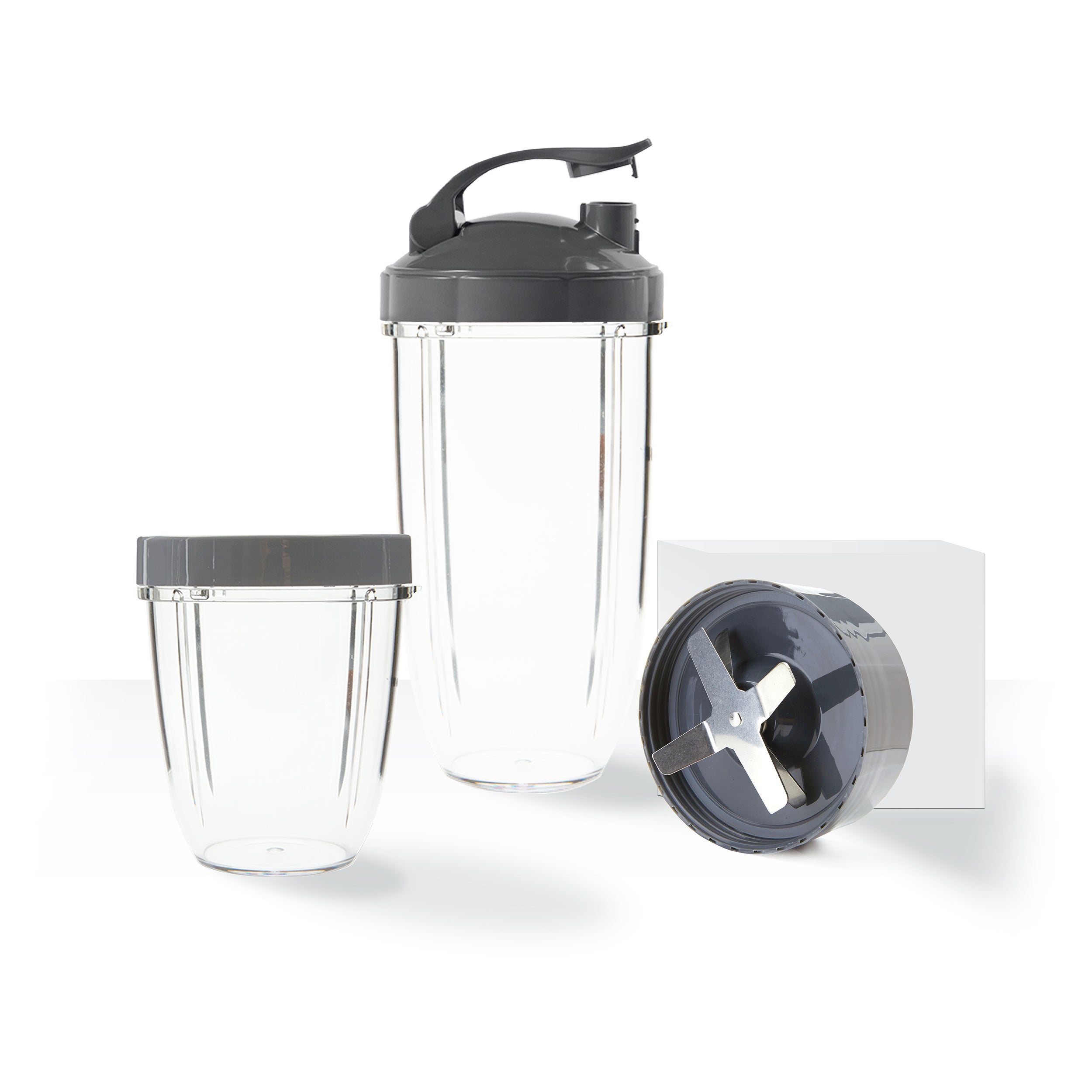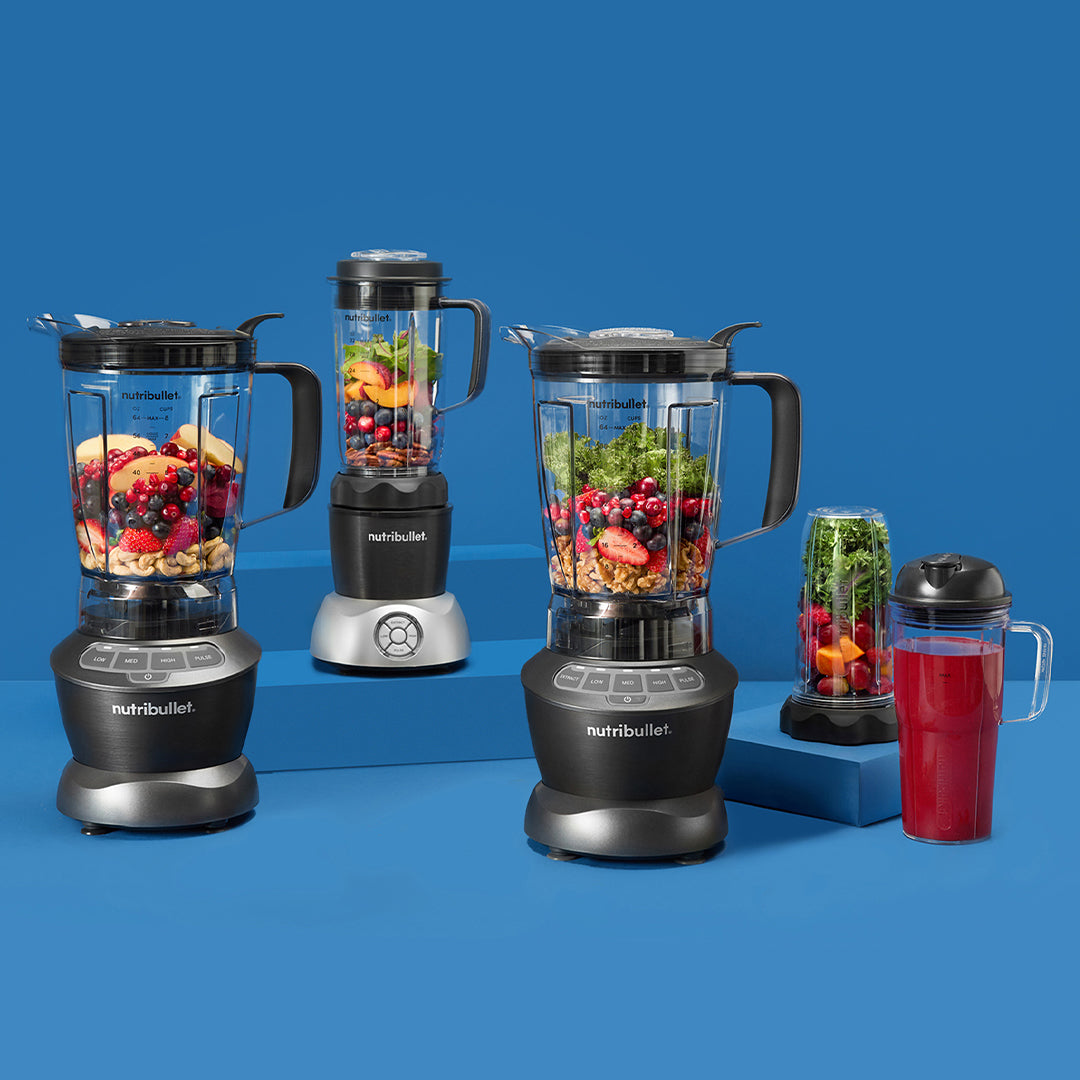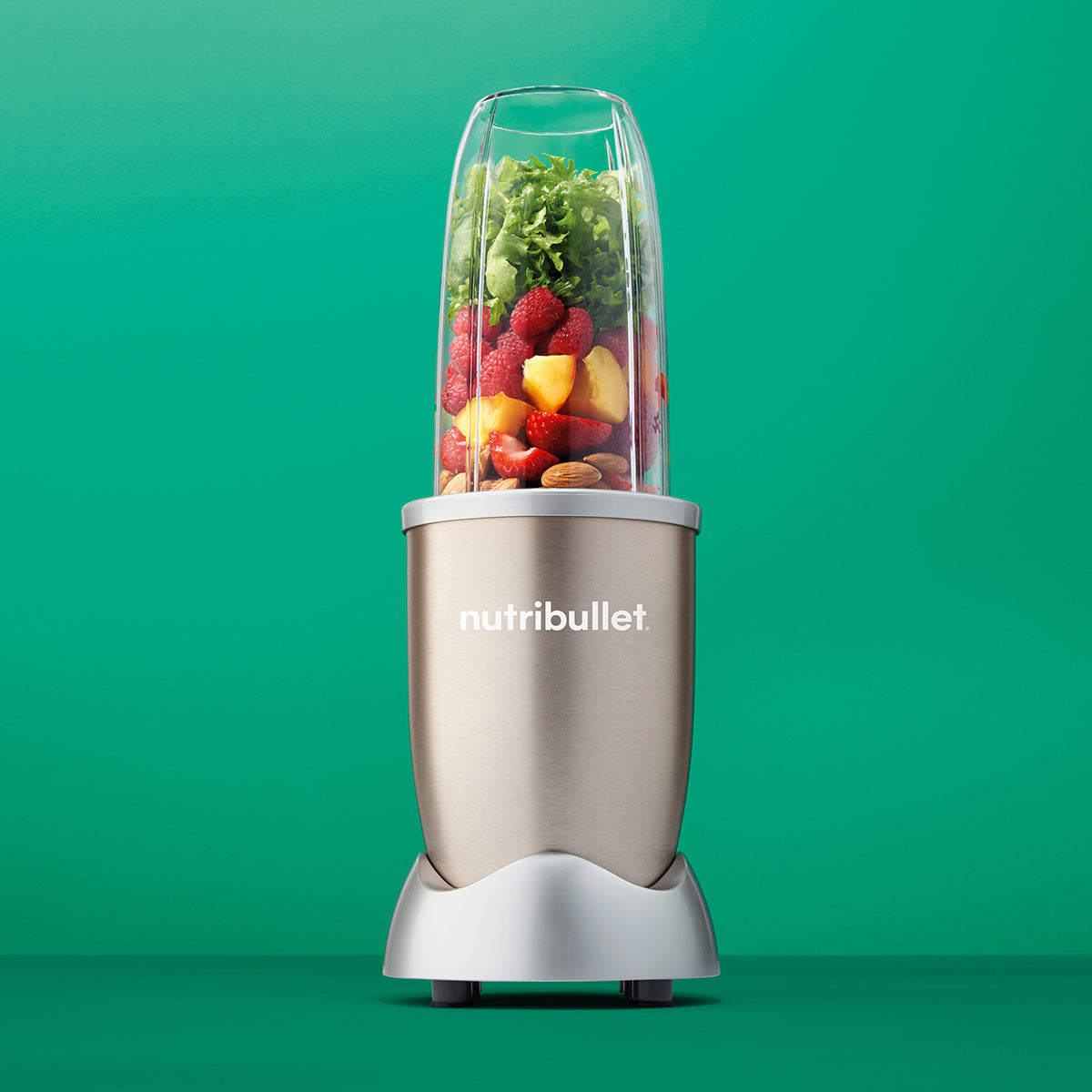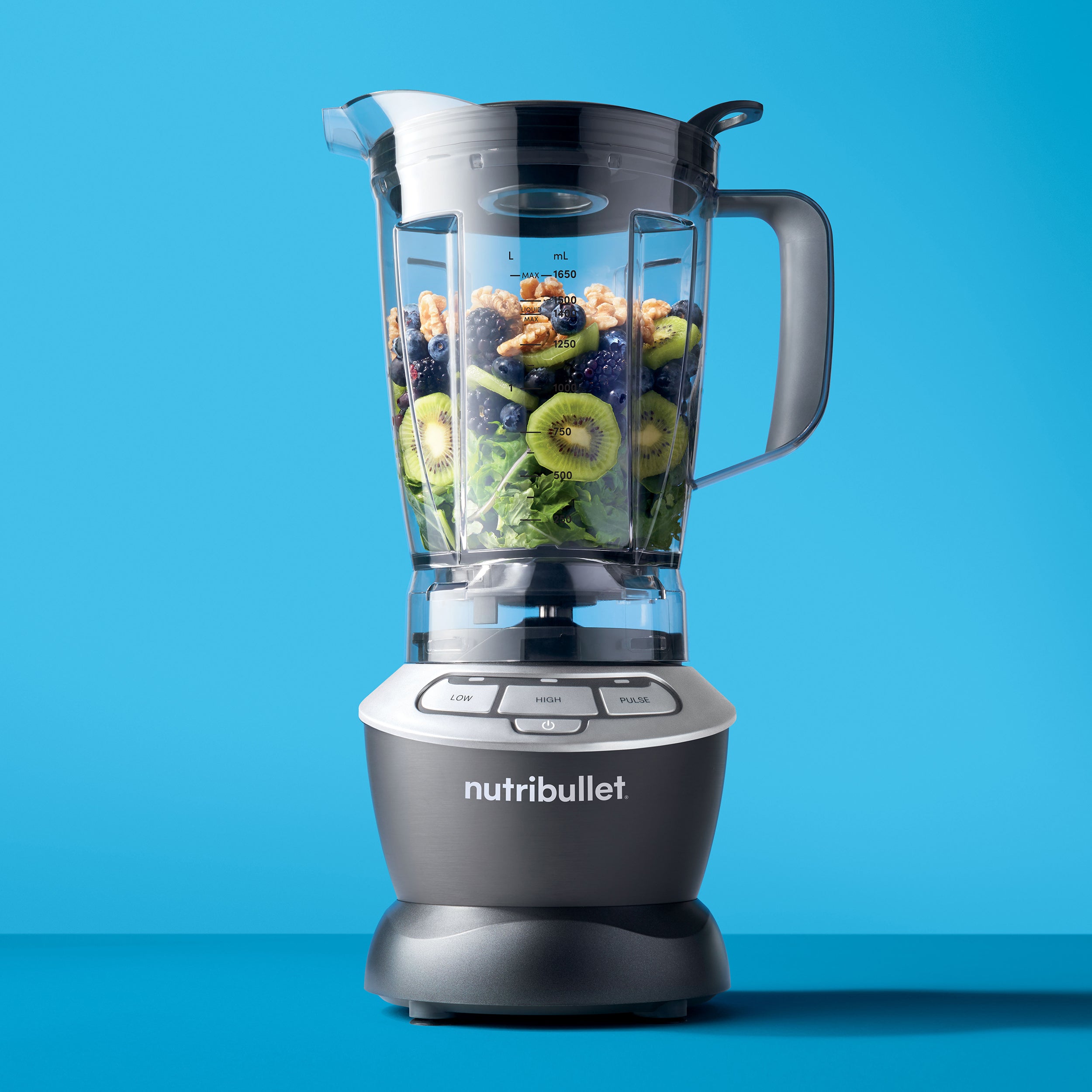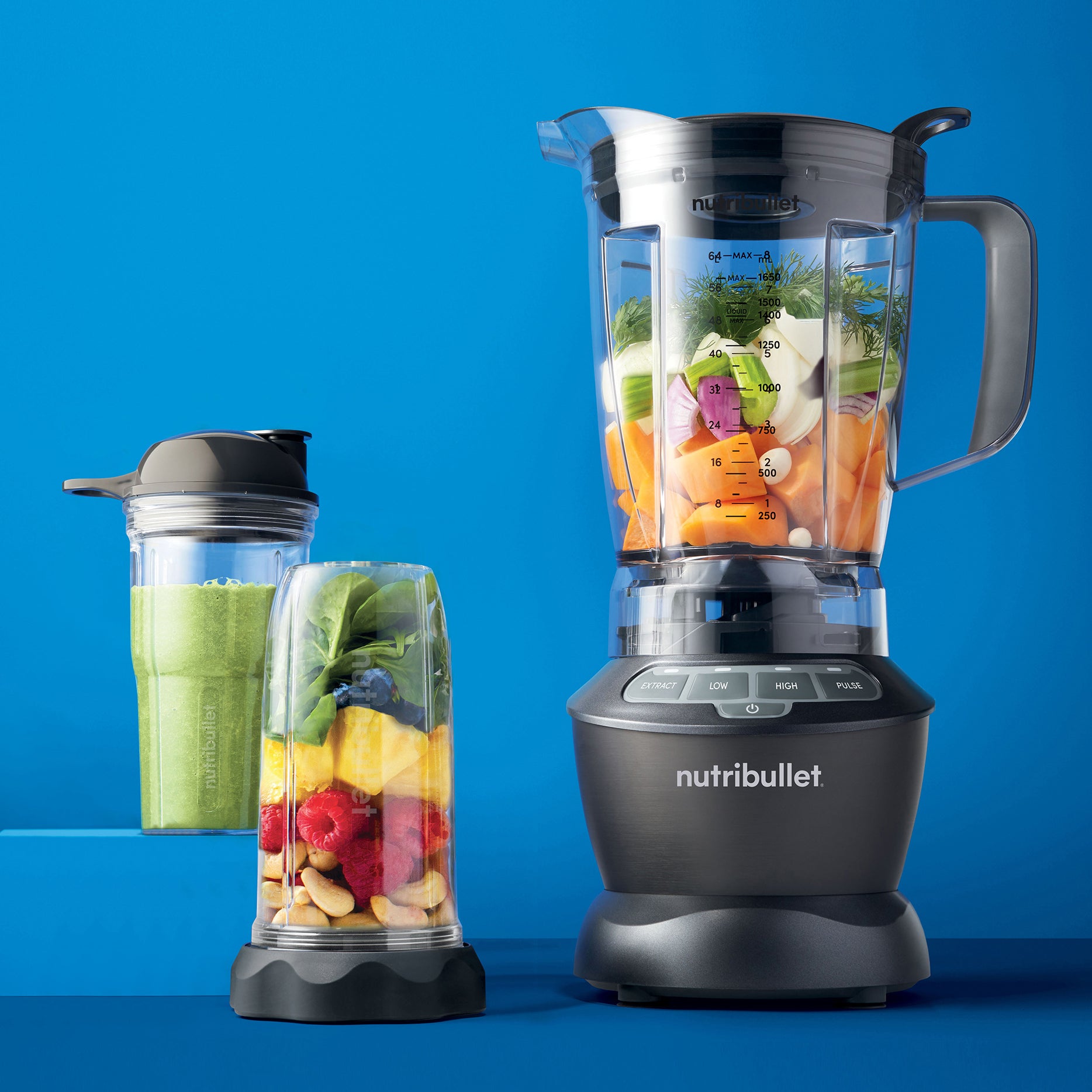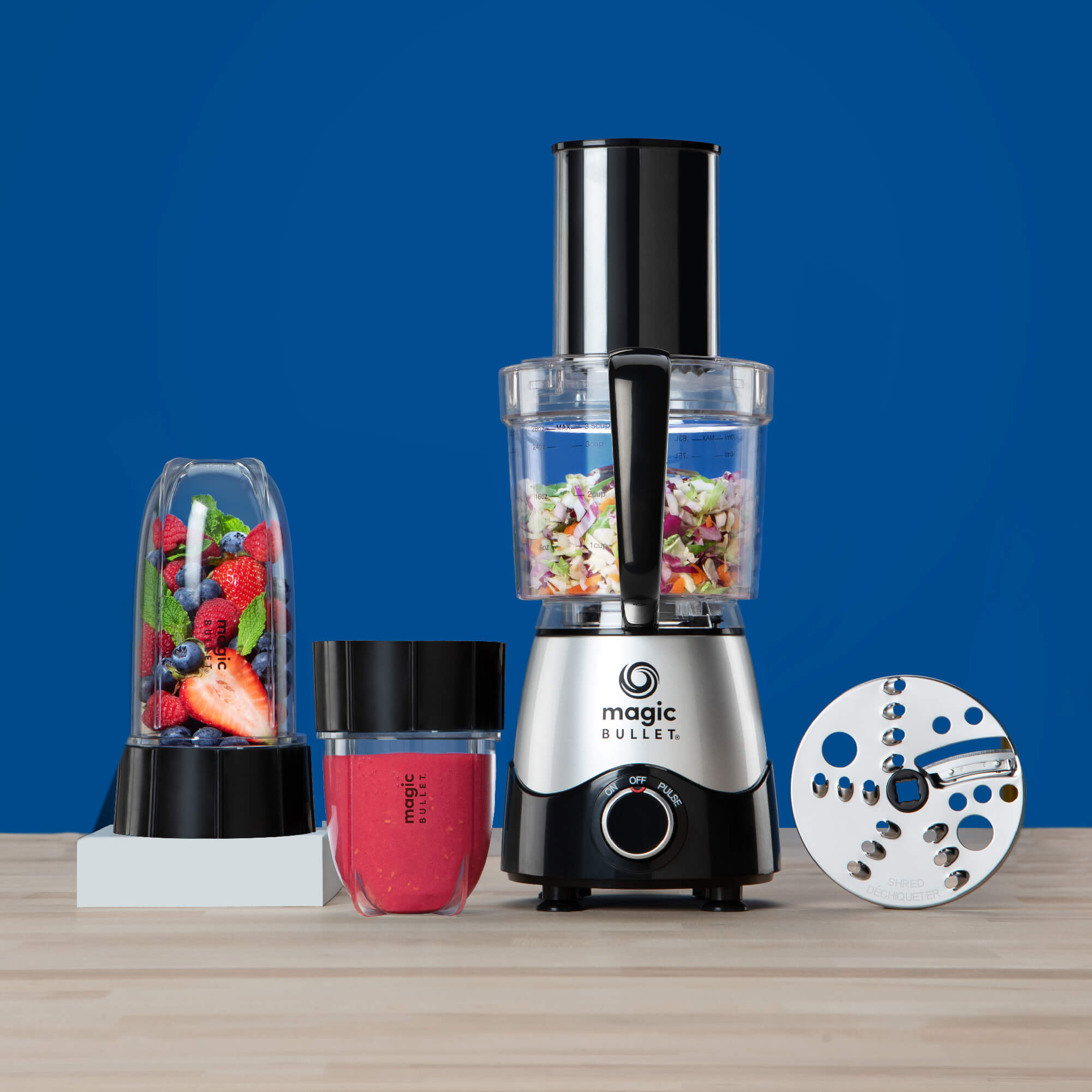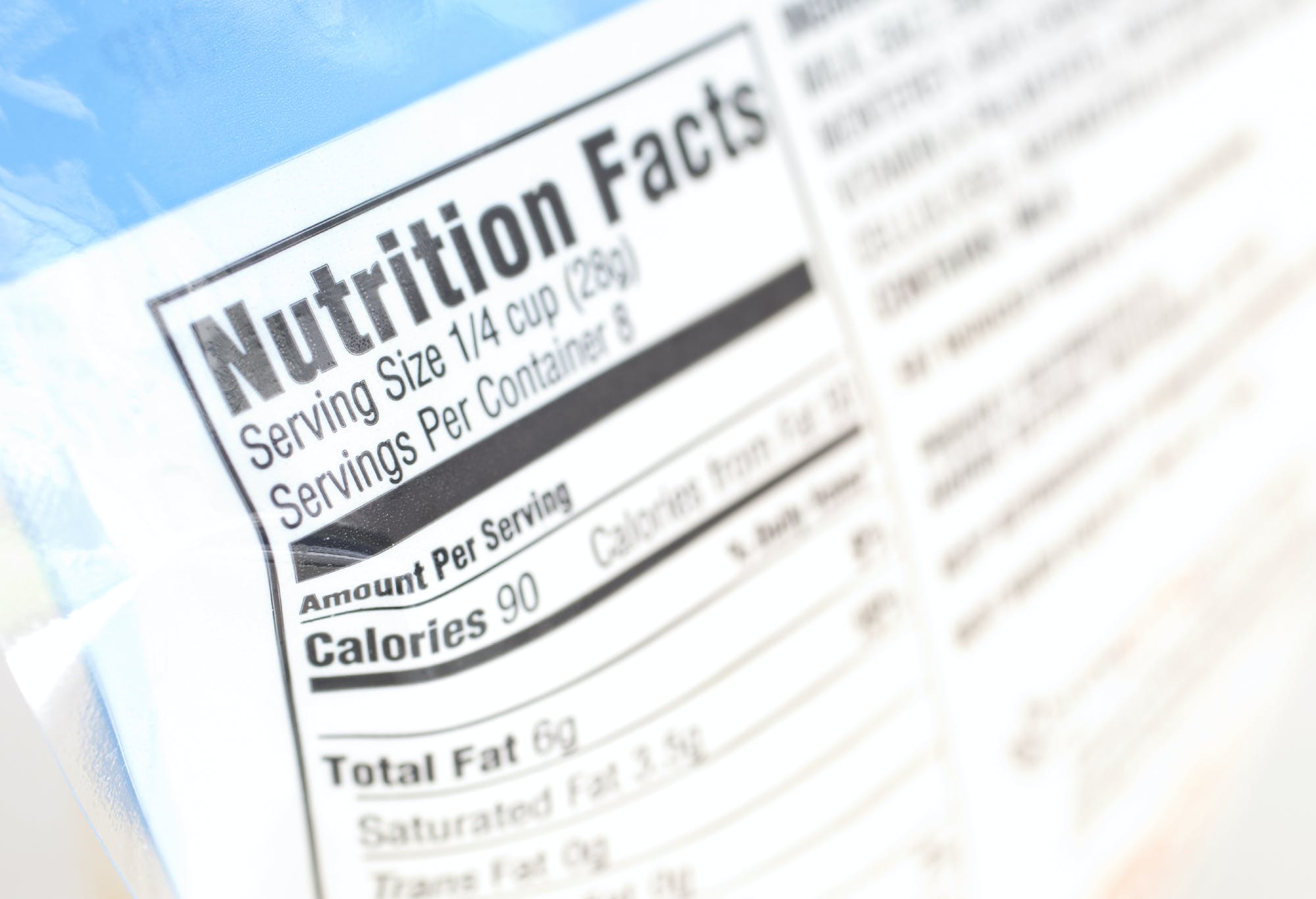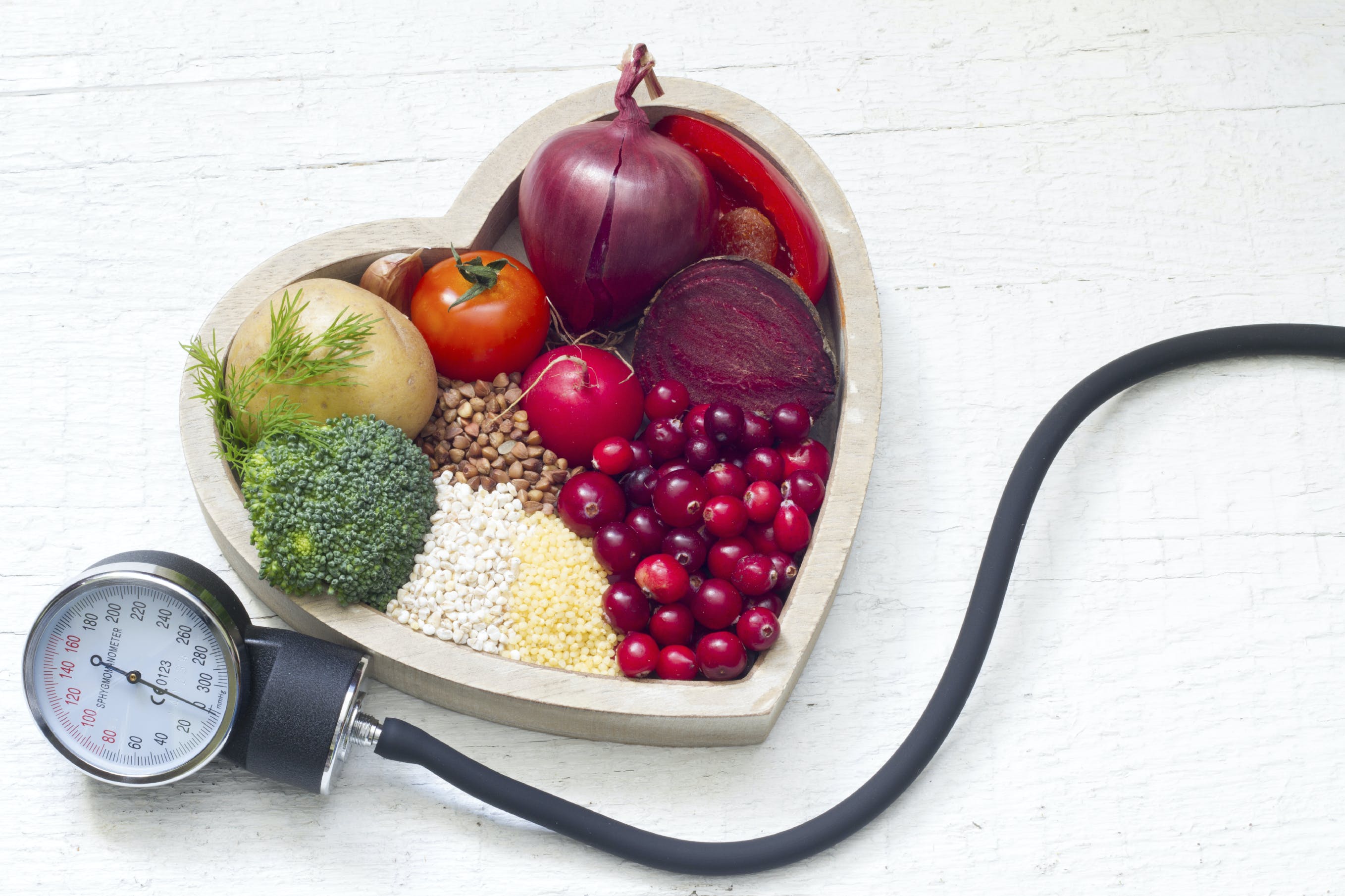Since the last time any changes were made to the nutrition facts label — way back in 1993 — lots of new scientific findings have been made about the foods we eat. Luckily, the Food and Drug Administration has finally announced changes to the nutrition facts labeling system that not only reflect these changes, but make it easier for us to make more informed decisions about what we put into our bodies.
Earlier this year, the FDA announced that these changes, directly on the nutrition facts panel provided on the back of food packages, will be made in the next two to three years. The new information will better educate consumers on the nutritional profile of each food, helping raise nutrition awareness about serving sizes, nutrients, percent daily values, and more.
It’s good news! With the growth of chronic illness caused by obesity, understanding what’s in our food, how food affects our bodies, and exactly how much we should be having can help curb the spread of disease caused by malnutrition.
Get a head start – learn what the updates mean and be on the lookout for them in the near future.

Old vs. new nutrition facts panels
Serving Size
Have you ever purchased a sports drink with “only 100 calories” written on the label, only to realize that, after guzzling the whole thing down, the bottle contains 2.5 servings? Well, these new labels will put an end to that! Each package that an individual might consume in one sitting will be counted as a single serving on new food labels. No more misleading serving sizes or quick math in our heads! The amount of calories per serving will also become bigger and bolder, so you know exactly how many calories you’re having per serving.
Nutrients and Ingredients
Since we’re not seeing vitamin A and C deficiencies among Americans, food companies will no longer be required to list them on their food labels. Instead, you’ll find vitamin D and potassium listed because deficiencies in those nutrients are more common, nutrients which are crucial for bone and heart health.
Sugar
Sugar will also be listed differently. To help the public understand the difference between added sugar and naturally occurring sugars, they will be listed separately. The FDA hopes this will clear up any confusion and educate people on their sources of sugar. Newer recommendations suggest keeping consumption of added sugar below 10 percent of total daily calories.
Percent Daily Values
The percent daily values (DV) on the old labels told consumers how much of the nutrients in one serving counted towards their daily requirement based on a 2000-calorie diet. The problem with this is that some individuals eat far more than 2000 calories a day, while others may eat less. It’s confusing to many, but a great place to start is to look for foods with higher DVs of beneficial nutrients. Aim for foods that contain at least 20 percent of your daily value of nutrients, such as calcium, vitamin D, and potassium, while limiting foods that contain over 5 percent of your daily value for added sugars and sodium.
The nutrition facts label was long overdue for changes that could help us make better decisions about what we eat. The good news is that many grocery store chains now have registered Dietitian Nutritionists on staff to offer their expertise and help you make the healthiest choices for you and your family.
Nutritional information
Recipe: Creamy Green Strawberry Dream Serving in this recipe:1
- Calories: 236.6
- Total Fat: 3.6 g 5.5%
- Saturated Fat: 0.4 g 1.9%
- Cholesterol: 0 mg 0%
- Sodium: 358.7 mg 14.9%
- Total Carbs: 45.7 g 15.2%
- Dietary Fiber: 9.9 g 39.4%
- Sugar: 22.1 g
- Protein: 8.1 g 16.2%
- Vitamin A: 481.9% Vitamin C: 244.1%
- Calcium: 68.5% Iron: 26.1%
* Percent Daily Values are based on a 2,000 calorie diet. Your daily values may be higher or lower depending on your calorie needs.

